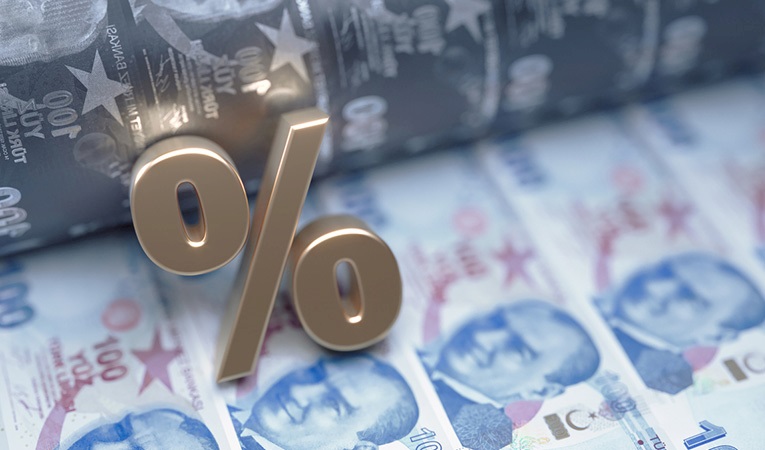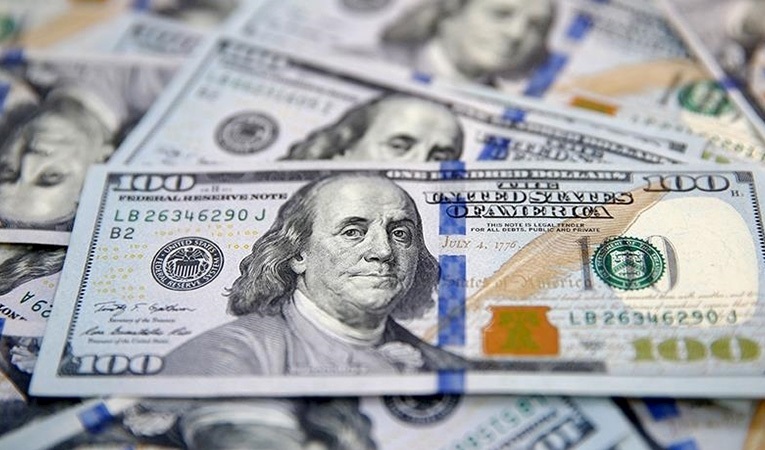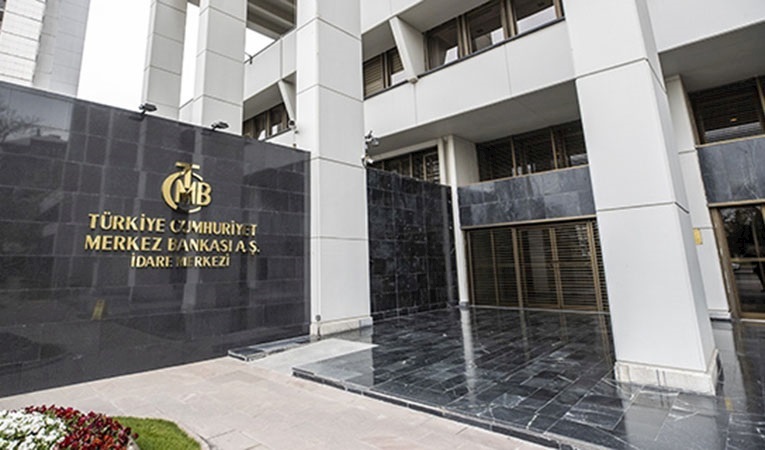
-
BIST 100
 10957,79%1,11En Düşük10816,89En Yüksek10994,41
10957,79%1,11En Düşük10816,89En Yüksek10994,41 -
DOLAR
 42,05%0,21Alış42,0502Satış42,0533En Yüksek42,0794
42,05%0,21Alış42,0502Satış42,0533En Yüksek42,0794 -
EURO
 48,52%-0,02Alış48,5182Satış48,5257En Yüksek48,7216
48,52%-0,02Alış48,5182Satış48,5257En Yüksek48,7216 -
EUR/USD
 1,15%-0,31Alış1,1529Satış1,1530En Yüksek1,1580
1,15%-0,31Alış1,1529Satış1,1530En Yüksek1,1580 -
ALTIN
 5428,59%-0,02Alış5428,45Satış5428,74En Yüksek5468,68
5428,59%-0,02Alış5428,45Satış5428,74En Yüksek5468,68
-
BIST 100
 10957,79%1,11En Düşük10816,89En Yüksek10994,41
10957,79%1,11En Düşük10816,89En Yüksek10994,41 -
DOLAR
 42,05%0,21Alış42,0502Satış42,0533En Yüksek42,0794
42,05%0,21Alış42,0502Satış42,0533En Yüksek42,0794 -
EURO
 48,52%-0,02Alış48,5182Satış48,5257En Yüksek48,7216
48,52%-0,02Alış48,5182Satış48,5257En Yüksek48,7216 -
EUR/USD
 1,15%-0,31Alış1,1529Satış1,1530En Yüksek1,1580
1,15%-0,31Alış1,1529Satış1,1530En Yüksek1,1580 -
ALTIN
 5428,59%-0,02Alış5428,45Satış5428,74En Yüksek5468,68
5428,59%-0,02Alış5428,45Satış5428,74En Yüksek5468,68
- Anasayfa
- Haberler
- Tüm Haberler
- Price Variations Secret To High Profits
Price Variations Secret To High Profits
In fact the results of the study are very clear. A survey of the 500 largest firms in the USA showed that prices made the biggest contribution to profits. Because a rise of 1 percent in prices resu...
In fact the results of the study are very clear. A survey of the 500 largest firms in the USA showed that prices made the biggest contribution to profits. Because a rise of 1 percent in prices resulted in an increase in 7.1 percent in profits, while a similar reduction in costs produced only a 4.5 rise in turnover and a 2.5 percent increase in profits. Experts say that in the future the way to success will be through a strategy of ‘variation in pricing’. Prices used to be very important in the past. But today they have become vital.
Price Variations Secret To High Profits
For years people have been looking to different criteria for the key to growth. Focusing on market share, cost strategies, investments in the brand and marketing are just some of the things that have been tried. As time passed every method underwent a change. In each period a different strategy came to the fore. Most recently, leading experts on pricing and marketing strategies, such as Robert Docters, Michael Reopel, Jeanne Mey Sun and Stephen Tanny, have noted that the key to growth is pricing. Indeed, they believe that pricing will make its mark on this century.
In fact, companies have long been developing different pricing strategies in order to win the profit game. Today they are thinking of cost, brand and product components as well as the new concept of pricing. In recent years there have been a lot of companies which have achieved success with the strategies they have implemented.
This trend has begun to make itself felt in Turkey. In addition, macro-economic changes have increased the importance of prices. Expectations of single digit inflation have changed the ways in which companies do business. Many experts believe that one of these changes is in prices. Kearny Turkey Operations Leader Nevra Yener says that in the 1980s it was total quality which came to the fore. In the 1990s it was lowering costs and developments in procurement that made their mark. Yener says that these things are no longer enough to create a competitive edge. Yener notes that all firms are undergoing the same evolution, saying: “For profitable growth it is now pricing and brand which are most important.”
Significant impact on profits
The results of a study by A. T. Kearney of companies in the S & P 500 showed that prices are the most important element in profitability. The results of the survey demonstrate that a rise of 1 percent in prices produce an increase of 7.1 percent in the company’s operational profits. Nevra Yener says:” The results of the study are very clear. No cost reduction project increases profits more than changes to pricing.”
The survey demonstrates that the pricing strategies of the world’s leading companies give them a significant advantage over their rivals. One of the most successful examples of this is Dell Computers. The company has applied a strategy of ‘forward pricing’, setting prices during the delivery period.
The system prioritizes setting prices according to the specific volume on the market. A target is set for the relationship between price-volume and Dell’s own service providers adjust prices. Dell’s product and service providers accept this approach because they want a higher volume of business. This pricing strategy can be successfully applied through the tight integration of the marketing, production and procurement units.
Success lies in creating variations
The management strategies of General Electric (GE) have often led to it being cited as an example to others. GE is also closely watched for its different pricing strategies. The basis of the company’s strategy is to create variations by ‘transforming the work done into a service’. The company reaches an agreement with the airlines with which it works, which defines ‘time and power’ and is based on the purchase of the hourly use of the motor.
There are similar processes at IBM where, instead of selling a product, it offers an alternative approach called ‘computing on demand’. In both of the examples the customers assume less of the risk. In addition, there are less operational problems. The product is packaged as a service and increases the company’s profitability.
The Sabre pricing and ticket system, which has been developed by American Airline and is a method for handling demand in the airline industry, includes adjusting the price of each seat every six minutes. This facilitates the efficient management of a large number of pricing categories. This pricing system has a 15 percent positive impact on the company’s turnover. The Hewlett Packard (HP) North America ‘Enterprise Systems’ department has secured a 4 percent increase in profits through its varied pricing system. In addition, it has also substantially increased its market share.
KAVRAKOĞLU CONSULTING/İBRAHİM KAVRAKOĞLU
THE IMPACT OF PRICING ON DIFFERENT SECTORS
What is the impact of pricing on different sectors?
It is not the name of the sector but the cost which is important here. For example, in sectors such as white goods and automotives the gross profit margins vary between 20 and 30 percent. The financial sector operates on much smaller profits. For example, a change of 1 percent in the credit cost or the interest rate has a significant impact on market share and profitability. In a sector where the gross profit margins are large the scope for playing with margins is also greater. When this rate contracts, there is little opportunity to play around with the prices.
If a firm can make just small adjustments in its profit margins, it can implement a cheap pricing policy. For example, a firm which works on a 10 percent profit margin, can reduce prices by a maximum of 10 percent. If it goes beyond this, then its losses will quickly accumulate. For this reason, it is only firms which have high fixed investment and are looking for high volume which can engage in cheap pricing.
Pricing has always been an important factor. Movements of 10 percent either way in prices can result in a 50 percent change in overall profitability. When we look at the stock exchange data or the audited data for the largest firms in the world, we see that profits vary between 8 and 10 percent of the turnover. This shows that a fall of 11 percent in prices will erase all of these firms’ profits. We can calculate that a 10 percent increase in prices will produce an increase of 100 percent in profits.
Türkiye ve dünya ekonomisine yön veren gelişmeleri yorulmadan takip edebilmek için her yeni güne haber bültenimiz “Sabah Kahvesi” ile başlamak ister misiniz?






